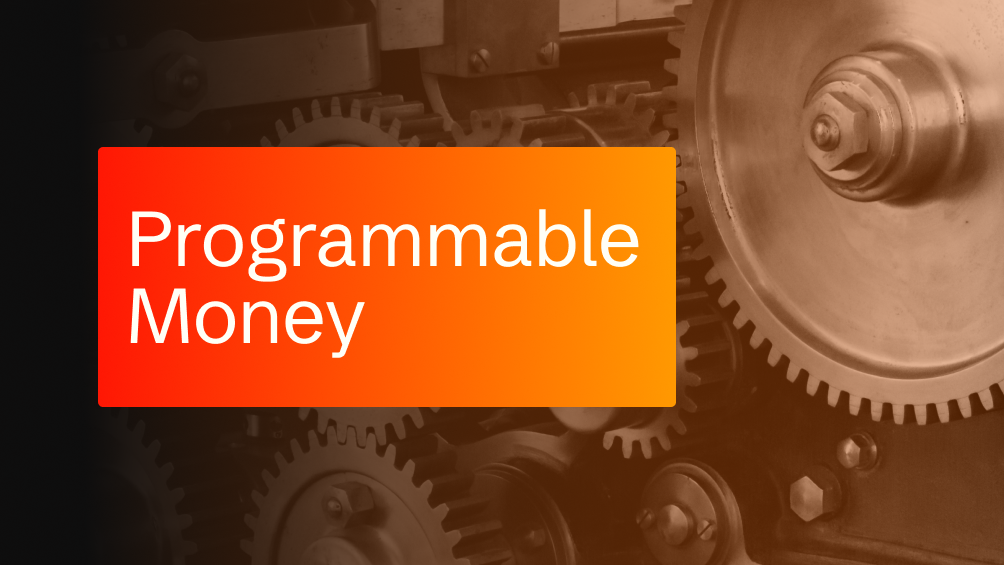

People working in fintech love to throw around the phrase “programmable money” when we’re introducing the concept of stablecoins. But what does that actually mean? And why should businesses care?
The saying often goes: “Stablecoins are instant, global, and programmable.” And while the first two traits have already made a massive impact on the world of cross-border payment, programmability follows in their wake. And, its impact will be felt more with increased adoption.
Programmable money is about using logic to move money smarter, faster, and more efficiently (especially across borders).
So let’s move beyond the jargon and talk about this third utility of stablecoins. In this blog we’ll break down:
Fiat (traditional money) is a passive tool. It doesn’t do anything unless someone initiates a manual action like a transfer, a wire, an exchange.
Programmable money means it’s active. It can follow instructions, execute a command under a pre-defined condition, and trigger workflows automatically. Think of it like setting up an “If This, Then That” (IFTTT) equation for your money.
For example:
These are all commands that can (and do) exist when moving data, but until stablecoins couldn’t be applied to money. Think of ‘programmable money’ as enabling financial automations that can reduce friction, minimize errors, and save time.
Stablecoins are digital dollars (or euros, or pesos, or ‘insert fiat’) that live on blockchain infrastructure. Blockchain networks are inherently different from traditional banking rails. Some of the common descriptors and definitions for how blockchain works are:
Underlying those capabilities is what is known as a “smart contract”. These are essentially bits of code that define what should happen to funds under certain conditions. Blockchain is built to be able to apply logic to data and money movement.
Think of a smart contract as an automated agreement that lives on-chain and self-executes when the rules, standards, or conditions are met. And because it’s on blockchain, every action is transparent and auditable.
There are a number of documented ways that businesses are already putting programmable money to work. Here’s what we see most (so far):
Instead of managing balances and liquidity manually, companies can set rules to:
With traditional rails, global payouts are slow, error-prone, and heavily reliant on intermediaries. Now businesses are programming flows to do things like::
Stablecoins can make it easier to enforce compliance (because no, they don’t remove the need for compliance):
At Rail, we’re building the infrastructure that lets businesses use programmable money as an extension of their existing payment platforms. Ultimately, you shouldn’t have to know if your money is moving via traditional rails or blockchain — you should just know it’s getting where it needs to go, when it needs to be there.
Our API turns stablecoin and fiat payments into programmable flows:
Whether you’re automating vendor payouts, managing treasury ops, or expanding into new markets, Rail gives you programmability without the pain. No smart contract development required. Just your money, moving smarter.
The rise of programmable money means a rise in control over where, when, and how your money moves.
Businesses want more control over their capital. They want workflows that move faster. They want fewer manual errors, fewer delays, and fewer intermediaries. Programmable money delivers automated, rules-based, and global control.
If you’re keen to explore what programmable money can mean for your business, or take steps to build your stablecoin strategy, the team at Rail is here to help!
